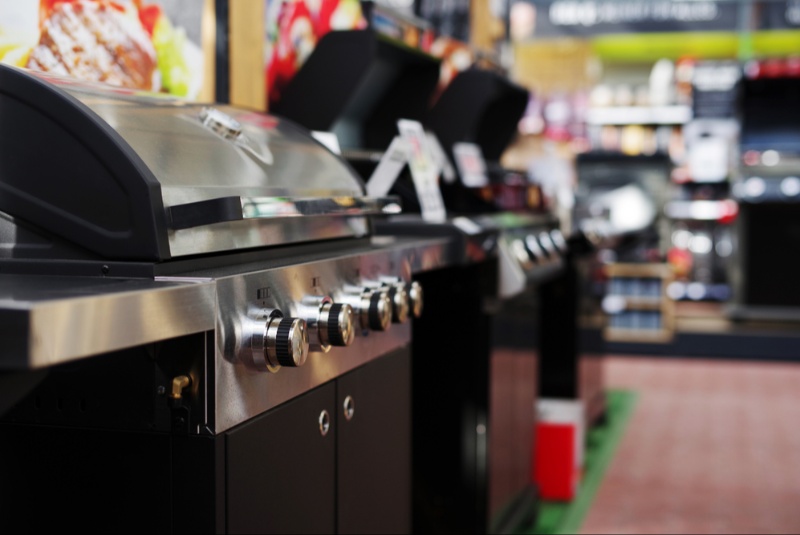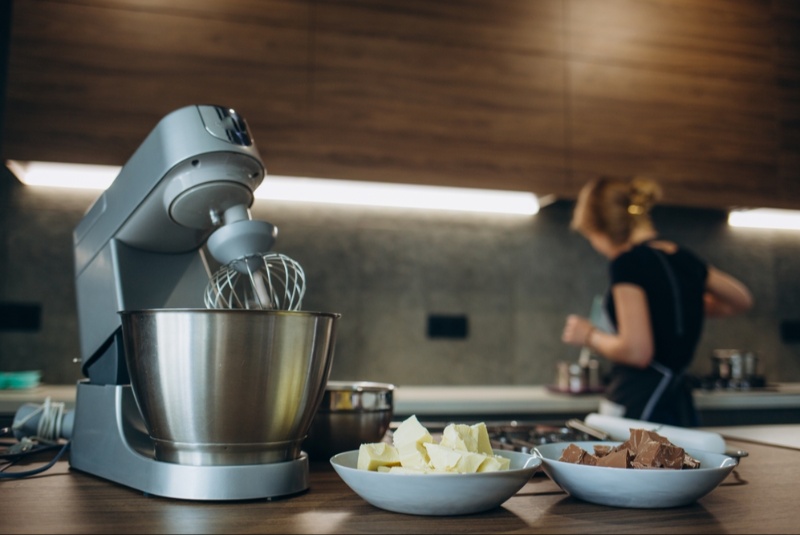A beautiful new countertop can completely transform your kitchen, making it look fresh, modern, and more inviting. But replacing countertops is also one of the more expensive upgrades in a kitchen remodel. Depending on the material, layout, and installation complexity, costs can quickly climb into the thousands.
Fortunately, there are plenty of ways to get the look you want without spending a fortune. With some careful planning and smart decisions, you can upgrade your counters and keep more of your budget intact. Here’s how to save money when replacing your kitchen countertops.
Choose Your Material Wisely
Material choice has the biggest impact on cost. Premium options like quartz or high-end granite look stunning but can be two to three times the price of alternatives.
-
Laminate: Modern laminates mimic the look of stone or wood at a fraction of the cost. They’re durable, stain-resistant, and perfect for tight budgets.
-
Butcher block: Wood counters are generally cheaper than stone and bring warmth and style. With routine sealing, they hold up well.
-
Tile: Ceramic or porcelain tile is budget-friendly, offers lots of design flexibility, and is relatively easy to install yourself.
By exploring beyond the most popular high-end choices, you can dramatically lower your project price.
Opt for Mid-Grade or Local Stone
If your heart is set on stone, you still have options to save.
-
Look for mid-tier granite or remnants. Local fabricators often have leftover slabs from bigger jobs that can fit your kitchen at a discount.
-
Choose local or common stones. Exotic imported stones come with higher shipping and supply costs. More common options offer similar beauty for far less.
Sometimes small variations in color or pattern can knock hundreds off the price.
Get Multiple Quotes
Prices vary widely between suppliers and installers. Be sure to:
-
Get at least three quotes for both the material and installation.
-
Ask exactly what’s included—like edge profiles, sink cutouts, sealing, and disposal of old countertops.
-
Don’t be afraid to show one quote to another supplier to see if they’ll beat it.
Taking the time to shop around can easily save you hundreds or even thousands.
Keep Your Existing Layout
Changing your kitchen layout by moving sinks, stoves, or walls dramatically increases costs due to additional plumbing, electrical, and cabinet work.
-
By keeping your existing footprint, you’ll only pay for new counters—not costly reconfiguration.
-
It also means fewer cuts or seams are needed, which reduces fabrication and installation costs.
Sometimes the best savings come from working with what you already have.
Consider a Thinner Slab
Standard stone countertop thickness is about 3 cm (1.25 inches), but many suppliers also offer 2 cm (3/4 inch) options.
-
Thinner slabs cost less and weigh less, which can reduce installation complexity.
-
With proper support, they’re just as durable for typical kitchen use.
ADVERTISEMENT
Ask your fabricator what thickness options are available and if a slimmer profile could work for your space.
Limit Fancy Edges and Cutouts
Elaborate edges like ogee or waterfall details look stunning—but add to your fabrication costs.
-
Opt for a simple square or eased edge to keep costs low.
-
Likewise, minimize custom cutouts or features like integrated drainboards that require more labor.
The simpler the job, the more you save.
Install a Tile Backsplash Instead of Slab
Many high-end kitchen designs extend the countertop slab up the wall. This looks sleek but significantly increases the amount of material and labor required.
-
A classic tile backsplash costs far less, still protects your walls, and gives you a chance to add personal style.
You’ll save on countertop costs and still have a polished, functional kitchen.
Handle Old Counter Removal Yourself
Demolishing and hauling away your old counters is straightforward work—often just unscrewing and lifting sections.
-
Doing this step yourself can save on contractor labor charges.
-
Just be careful around plumbing and backsplashes to avoid accidental damage.
Even if you’re not installing the new counters yourself, prepping the space helps reduce the overall bill.
Look for Wholesale or Outlet Stores
Many cities have countertop warehouses or outlets where you can find deeply discounted slabs and remnants.
-
Some outlets specialize in overstock or discontinued patterns.
-
These stores may also bundle in basic fabrication or cut-to-size services.
It’s a great way to find premium materials at budget-friendly prices.
Avoid Over-Customization
Integrated cutting boards, built-in trivets, or unusual shapes and inlays can drive costs up quickly.
-
Keep your design classic and straightforward.
-
It will not only cost less now but also make your kitchen more universally appealing if you ever sell your home.
Sometimes less is more—both for your wallet and for long-term resale value.
New countertops can completely refresh your kitchen’s look and function, but that doesn’t mean you need to overextend your budget. By choosing more affordable materials, sticking to your current layout, simplifying edges and add-ons, and shopping around for deals, you can achieve a stunning transformation for far less.
The smartest approach is to know your priorities: decide where you want to invest for impact, and where you’re willing to be flexible. With a little creativity and planning, you’ll end up with a beautiful kitchen upgrade that adds value to your home—without draining your savings.




